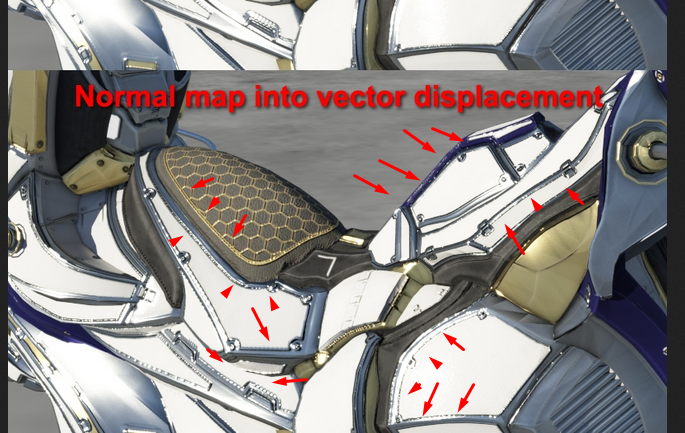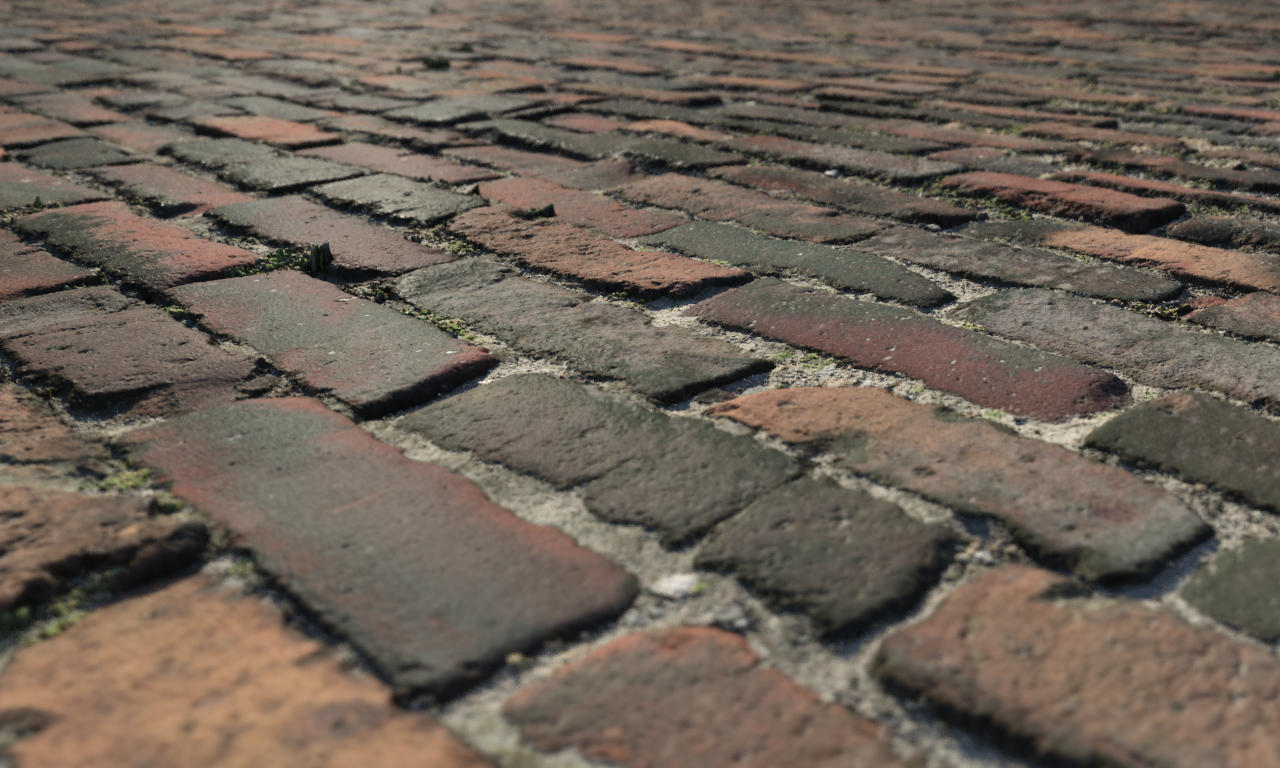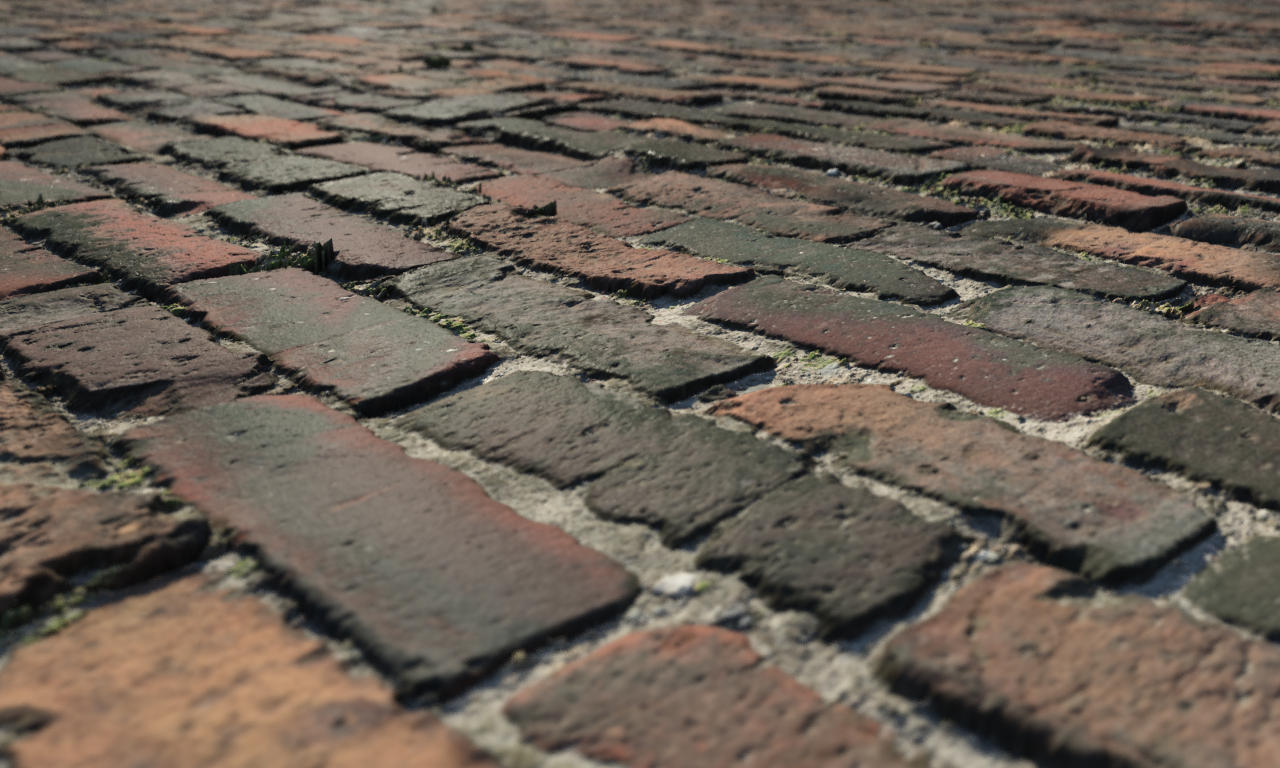Quote from: Hannes on December 23, 2022, 06:01:42 PMHard to tell what was intended. I don't think, it's inverted, because the rest looks correct. However, of course it depends on the quality of the normal maps. All in all Ulco's method looks best I'd say.
It's pretty easy to tell, though, all this roughness breaking lighting is the mesh breaking because it's pinching.

If things look like they are super sharpened and creating had grain with bright lighting and super dark lighting, it's safe to assume it's not working correctly.
I still find the converting normal to a grayscale displacement, and using that as VDISP is 100x better. Pay attention to grout, and mesh angles
VDISP Normal Map - Notice all the rough noise, creating bad lighting: that's mesh errors from bad disp
 Converted VDISP Normal Map - NO
Converted VDISP Normal Map - NO rough noise and bad lighting (besides the base displacement issues with the mossy areas)

No, Terragen still needs proper support, and there is no good alternative that doesn't require some manual work if you care about the fidelity of your work.
Not only is converted map less noisy and choppy, but it produces stronger amplitude *without* those effects. All while still being vdisp, allowing your to target each direction
independently.One of the biggest issues with just using a normal map into vdisp is it breaks the lighting model heavily. For example, here the Fresnel is already 0.01, with vdisp normal map, it starts creating hard lighting points where the noise is, creating almost a specular spot like look that we do for sand. Additionally, angles of the mesh aren't rounded, and retain their angles.